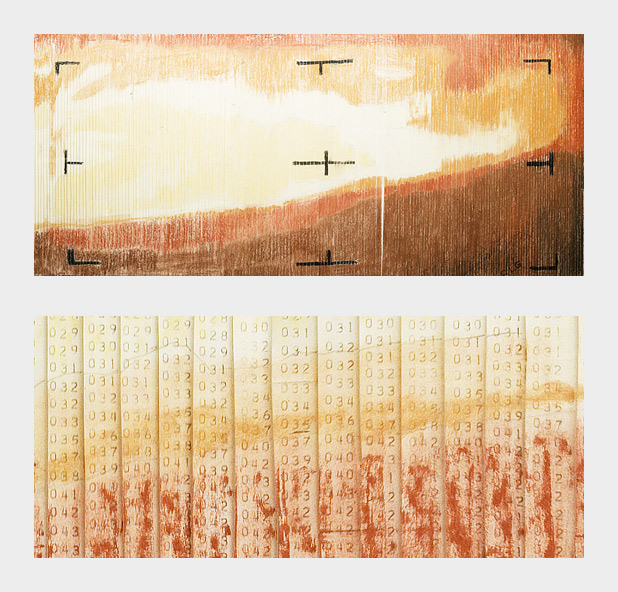I saw this debate and thought how wonderful it would be as a masters project
Working title: Flat design - usability improvement or just stylistics hot air?
General description
Recently there has been a writing debate in the user interface community about a new style call flat design. Flat design has become a familiar on the web, under Windows 8 and the new IOS7. In many ways that design is a movement against previousskeumorphic designs, but more importantly claim that flat design produces more usable interfaces.
On the other hand leading user interface practitioners such as Jacob Nielsen have also criticized flat design. I have listed out some of the most useful websites and arguments below.
This masters project is to fairly evaluate both interfaces, and produce evidence to answer the question “does flat design improves the user experiance or not”?
To do this your approach could be to produce two identical interfaces on the phone or web and then evaluate them with real users.
MSc and taught modules (Any relevant taught modules and specialist MSc title(s) if appropriate)
M864 Fundamentals of interaction design
Background reading
Some open reading materials and the cases they introduce are..
http://techstream.org/Web-Development/Core-Principles-of-Flat-Design
- suggest that flat design will improve functionality.
- [The Flat design] "philosophy preaches that if something doesn't help usability, leave it out of the design. This suggests that minimal approach will improve usablity by removing unnecessary elements."
- The simpler time also Speeds up down load times - important for better
- Makes the content stand out which is an important factor on small screen phones/tablets.
- Simpler design takes less time and lets you spend more time getting it right and usablity.
- Flat design includes more animation,sound,vibration.
- flat design looks friendly and approachable to users. But it does this by presenting a clear and engaging interface, rather than disguising and warping that interface to mimic something familiar
- speedier pages,
- cleaner code,
- easy adaptability
- Better experience by embracing the medium (2d) rather than trying to poorly simulate another one ( 3d).
- skeuomorphic introduces many unnecessary elements which consume valuable screen space.
- Flat design is easier to read ‘at a glance’
- Improved conversion rates “What's more, flat design can help companies to achieve higher conversion rates on their website. Because of the uncomplicated design, the eye is drawn directly to calls to action buttons and the user is less likely to be distracted from their main reason for being at your website.”( http://www.wysi.co.uk/web-design-and-marketing-news-berkshire/the-benefits-of-flat-design)
Nielsen criticized flat style in Windows 8 as
- reducing discoverability.
- low Information Density.
- For new users hidden interface features (charms on W8) which need to be summoned with a swipe are difficult for new users.
AA: Flat design is not memorable.
Research methods (An indication, but no need to be specific unless that is required by the topic)
To do this your approach could be to produce two identical interfaces on the phone or web and then evaluate them with real users.
Other specific information
- Deliverables: Two programs or websites which embody flat vs skeumorphic or traditional design.
- A series of tasks for the users to perform on both interfaces.
- A series of questions asking each user their preference.
- Timings and error rates for each user and each task















